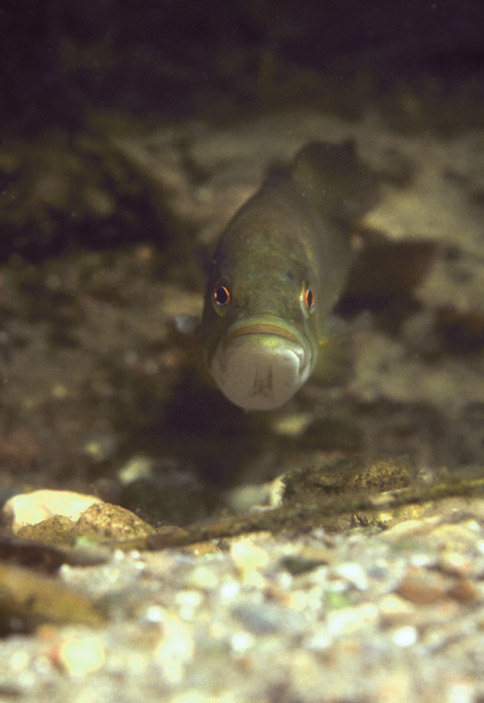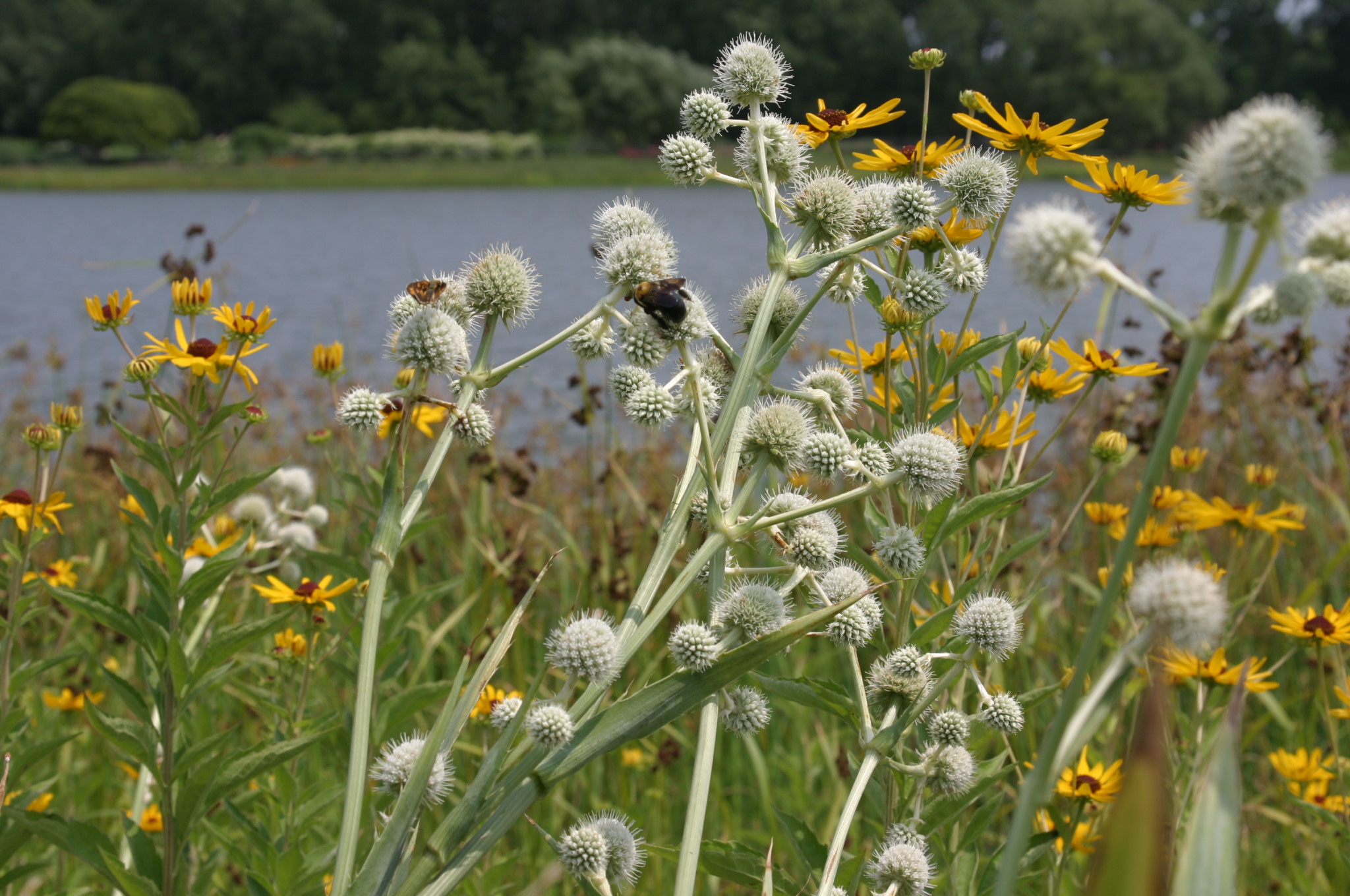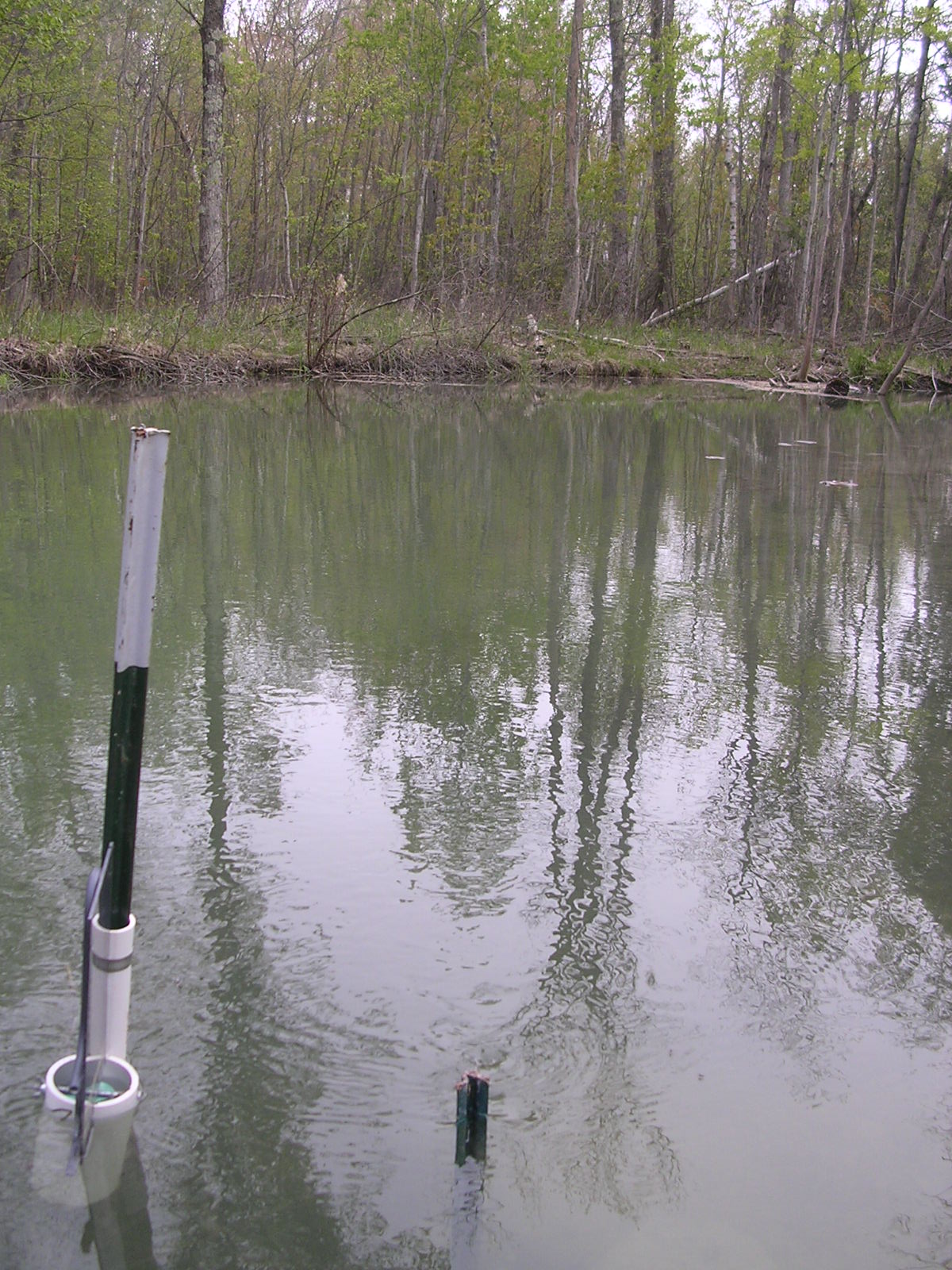River Monitoring
A river's water quality is affected by the land uses in its watershed. Precipitation that runs off the land and precipitation that enters groundwater ultimately discharge to a river and determine its water quality. Sampling base flow, runoff events, and biota helps to measure the water quality in a river.

WEAL offers a river package which tests for nutrients that would affect plant growth within the river; this may be an indication of land use runoff.
Ammonium Nitrogen
Chloride
Nitrate+Nitrite (N)
Reactive Phosporus |
Total Kjeldahl Nitrogen
Total Phosphorus
Total Suspended Solids |
Base Flow
Base flow quality is measured during low flow periods (usually summer and winter) when surface runoff is minimal. Winter is a particularly good time to measure base flow conditions because cold conditions slow the biological transformation of nutrients.
Besides giving an indication of stream health, base flow quality can provide a good measure of a watershed's groundwater quality. For instance, samples for nitrate and pesticide analyses taken during base flow conditions may indicate the amount of these pollutants that enter a watershed's groundwater.

For most streams, base flow conditions may be sampled during a period when there has been no significant thawing or precipitation for at least three days. Samples are obtained by grab method.
Measuring stream flow during this time is desirable as it allows groundwater discharge to be quantified and is useful in delineating the land area contributing groundwater flow to the stream.
Sample sites should represent all major tributaries in the watershed. It is preferable to locate these sites immediately above bridges or other easily accessible locations. Ideally, stream flow measurement sites should have open water during the winter; therefore, selecting sites with high velocities and sampling in early winter is advised. On larger tributaries more than one sample site may be desirable to document changes in water quality that may occur from the headwater of the stream to near the mouth of the stream.
Potential benefits from the use of base flow sampling:
- Determine nutrient and pesticide inputs to streams from groundwater discharge.
- Provide information to focus time and money to the sub-watersheds that are having the greatest impact on water quality.
- Assess the average groundwater quality within different sub-basins.
- Evaluate which land use practices are affecting stream water quality via groundwater flow.
- Monitor groundwater quality trends within a watershed over time.
Runoff Event

Runoff event monitoring has historically been the focus of many stream sampling programs, but many problems are associated with it. Stream flow and contaminant concentrations vary from season to season and throughout any individual runoff event.
Continuous event samplers that are triggered automatically and collect samples throughout an entire runoff event are the best tool for getting quantitative water quality information, but these are very expensive. As a result, continuous event samplers are used in few watersheds and then only on main tributary sites.
We have modified a device called a siphon sampler which automatically collects a sample whenever a predetermined rise in water level occurs. This allows all tributaries to be sampled at similar rises in water level and enables better comparison of water quality conditions throughout a watershed. Siphon samplers are available for University of Wisconsin Stevens Point research projects.
Potential benefits from the use of high flow sampling:
- Assist with identifying the sub-watersheds with the most severe water quality problems.
- Help identify the time of year that has the greatest water quality impacts.
- Aid in focusing time and money to the sub-watersheds that are having the most impact on water quality.
- Evaluate the success of BMPs by obtaining high flow water quality samples where new practices have been implemented.
- Monitor runoff related water quality trends within a watershed over time.
Additional Recommendations
In addition to the water chemistry, we recommend that participants take:
- Staff gage readings should be related to height of siphon sampler.
- If safe, flow measures should be made during event.
- Use of continuous flow measure is desirable.
UWSP Aquatic Bio-Monitoring Lab, 715-346-3868
http:/www.uwsp.edu/water/biomonitoring/index.htm
Stream bio-monitoring uses aquatic invertebrates to assist in the evaluation of stream health. The type and abundance of these creatures is used in the Hilsenhoff biotic index(HBI)to calculate a score that indicates relative stream health. Invertebrates are used because they are common in virtually all streams, are easily collected, not very mobile, easy to identify, and have life cycles of one year or greater. These organisms are valuable in assessing water quality under conditions of intermittent or mild organic enrichment when classical chemical analyses do not detect change in water quality as they are continually exposed to extremes in environmental conditions throughout their life cycle. The HBI was originally designed to detect dissolved oxygen problems.
The WDNR began using the HBI in 1979 to evaluate stream water quality throughout Wisconsin as part of various monitoring programs. A standardized protocol for sampling and laboratory procedures as part of a quality assurance effort in biological monitoring was implemented by the WDNR in 1983 and statistical procedures for applying the HBI were developed by Narf and others
Field sampling
Semi-qualitative HBI samples are easily taken in riffle areas (shallow, fast reaches with rock rubble substrate) using a rectangular or D-framed aquatic kick net. The substrate is disturbed above the net by kicking that allows the aquatic invertebrates to be dislodged and washed into the net by the current. If riffles are absent, rock or gravel runs or debris may be sampled in a similar manner. Kicking should continue until at least 125 organisms are collected in the net. Large debris from the sample is removed and the rest of the sample preserved in 80% isopropyl alcohol.
Laboratory processing
The UWSP Aquatic Biomonitoring Laboratory (ABL) processes HBI samples using established protocols. We have developed a computer program to manipulate HBI data, print out reports and calculate over 10 commonly used benthic macroinvertebrate metrics. The laboratory processing includes sample sorting, identification to the lowest possible taxonomic unit for HBI organisms, calculation of 10 metrics, and report generation.
Contact and Links
For additional information about the Water and Environmental Analysis Lab's River/Watershed Monitoring Program contact:
weal@uwsp.edu or call 715-346-3209.
Links to other river related sites in Wisconsin:
